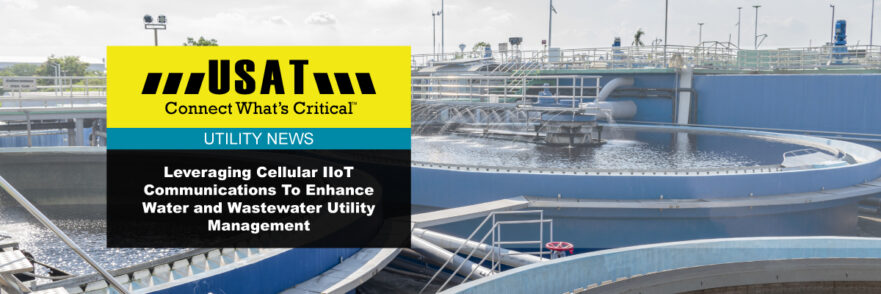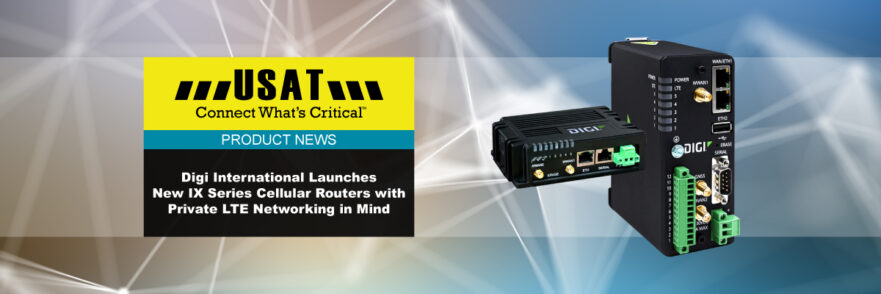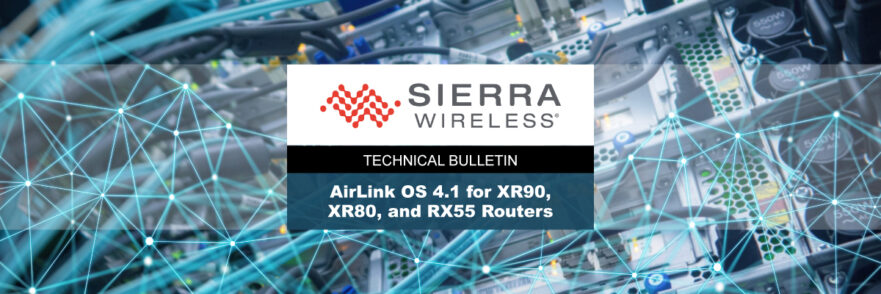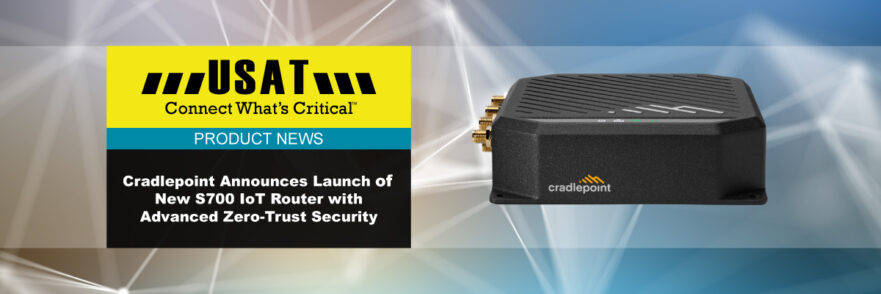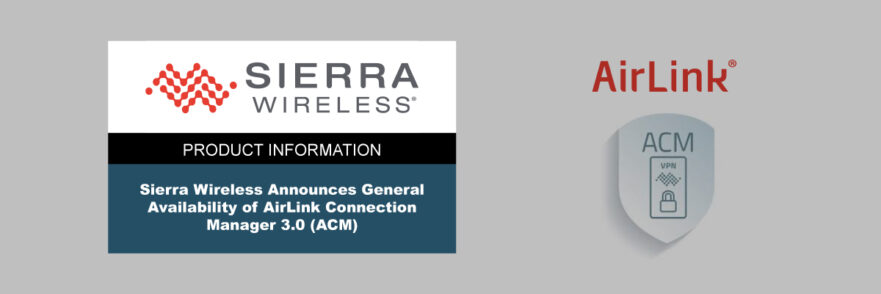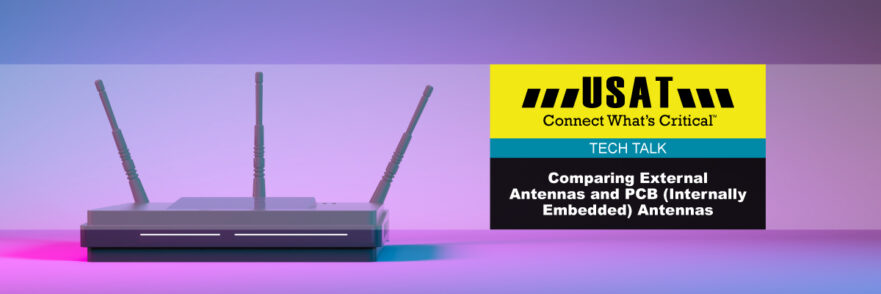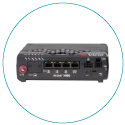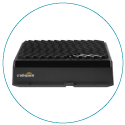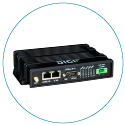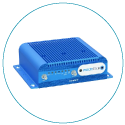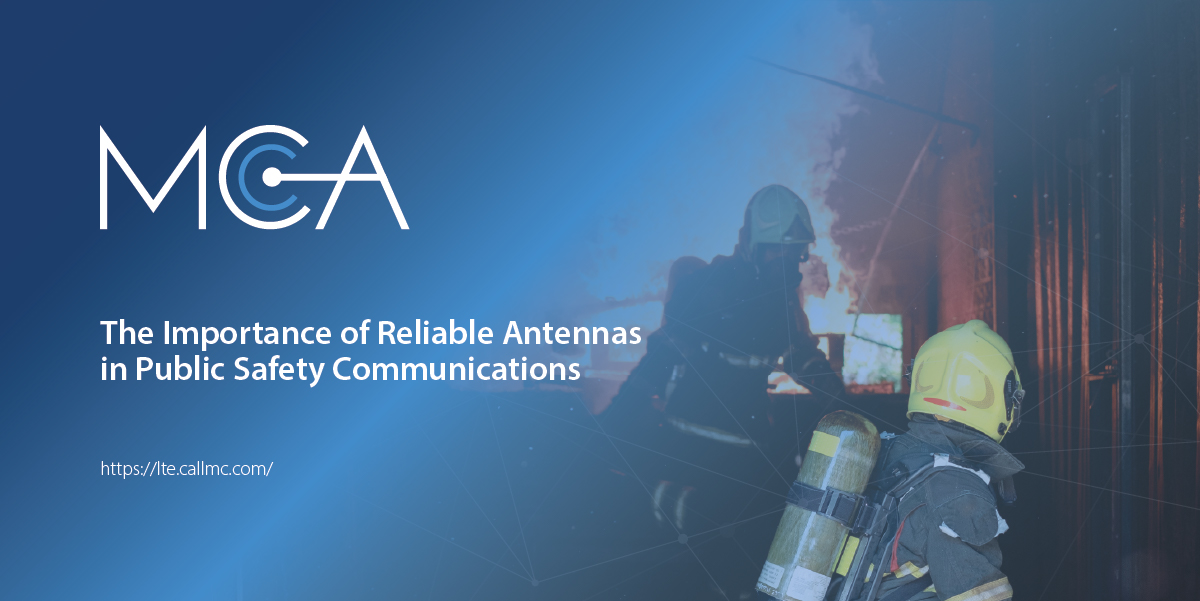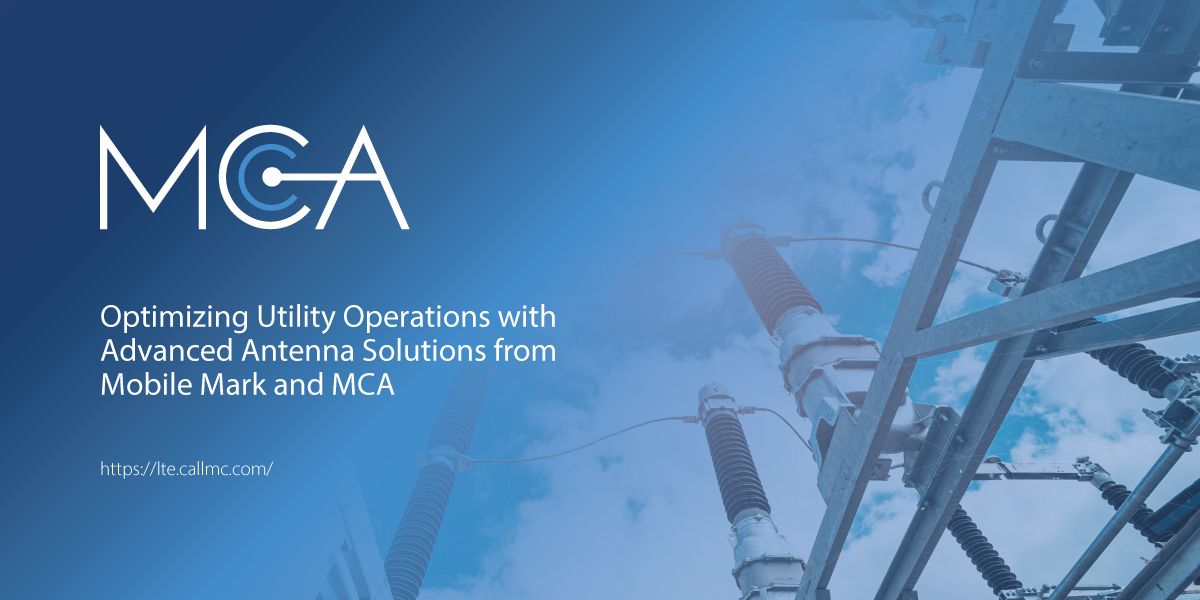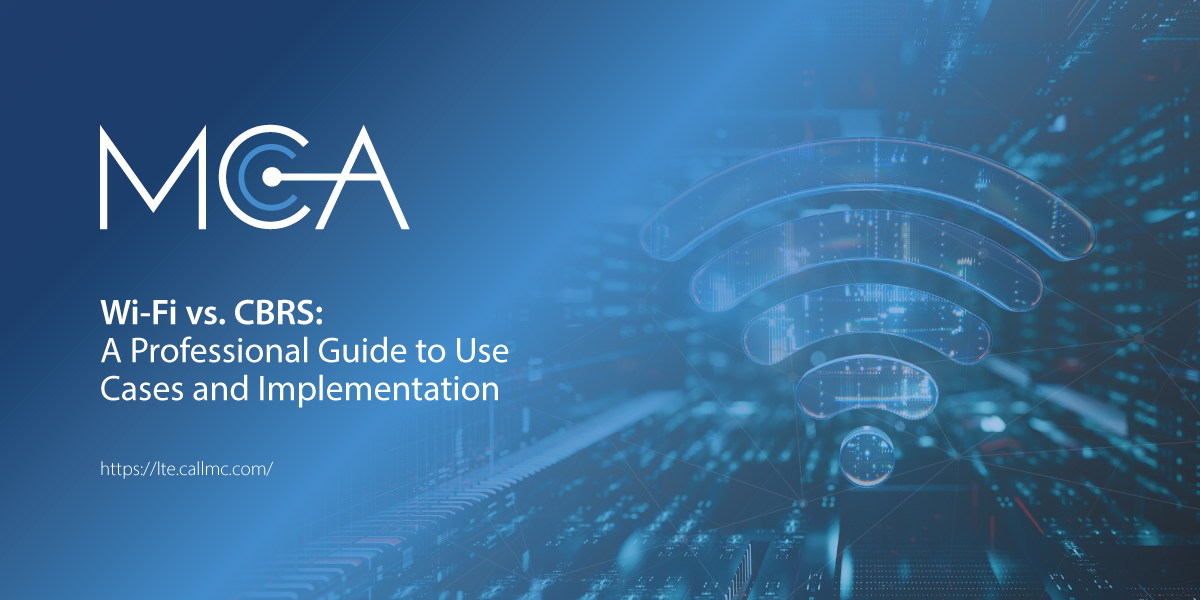Understanding LTE signal strength can be confusing. We crafted the simple chart below to make it a little easier. The graphic below shows what approximate values may considered good and bad signal quality… Read More…
Leveraging IIoT Within Water and Wastewater Utilities
The water and wastewater industry faces numerous challenges, including resource scarcity, urban population growth, environmental regulations, and process inefficiencies. However, adopting connected machines and devices through the Industrial Internet of Things (IIoT) is revolutionizing utility… Read more…
Sierra Wireless Google Maps API Change Bulletin
Sierra Wireless’ AM/AMM management system incorporates the functionality of Google Maps, offering numerous map-based reports and other features. There is an upcoming compatibility issue with certain map-based reports, such as Coverage Trails, due to the upcoming release of Google Maps API… Read More…
5G Interoperability Best Practices for Public Safety
Technology projects in large, well-funded agencies tend to get the most attention. With 80 percent of law enforcement agencies having 25 or fewer officers and most fire service organizations being small volunteer units, many have trouble relating to efforts on a larger scale, especially if their operating… Read More…
Why FirstNet Routers Are A Better Option For First Responders
In times of crisis, ensuring seamless communication for first responders and public safety agencies becomes paramount. The concern over potential network disruptions or congestion-related connection issues should be the last thing on their minds, as it could impede their life-saving efforts… Read More…
Digi Launches New IX Series Routers for PCN Applications
Earlier this year, Digi International, a leading provider of Internet of Things (IoT) solutions and connectivity products, announced that they have launched new versions of their Digi IX10 cellular router. The enhanced router enables electric utilities to deploy private cellular networks… Read More…
Sierra Wireless AirLink OS 4.1 Bulletin
Sierra Wireless has announced that AirLink OS 4.1 is now available for XR90, XR80, and RX55 AirLink Routers. This new release includes a number of feature updates and enhancements as well as general stability improvements and addresses previously reported security and field-reported issues. It is recommended that all customers upgrade… Read More…
Cradlepoint Announces S700 IoT Router with Advanced Zero-Trust Security
In a significant move towards enhancing security in the rapidly expanding world of the Internet of Things (IoT), Cradlepoint, a global leader in cloud-delivered LTE and 5G wireless network edge solutions, has announced the launch of its latest IoT router, the S700. This multipurpose IoT router is… Read More…
Sierra Wireless ACM 3.0 Bulletin
The latest version of ACM, version 3.0, now runs on Ubuntu 20.04.5 LTS and includes important security fixes. This release offers two configurations: FIPS and non-FIPS. We highly advise all current ACM 2.1 customers (FIPS) and ACM 2.2 customers (non-FIPS) to upgrade to ACM 3.0, ensuring enhanced security and improved performance… Read More…
Comparing External Antennas v. PCB Antennas
When it comes to wireless devices such as two-way radios and Bluetooth devices, the selection of the right antenna plays a vital role in establishing communication through radio frequencies (RF). During the engineering and design phase, it is essential to choose the correct antenna to ensure optimal device performance. With a range of antenna types available, it is crucial to… Read More…


